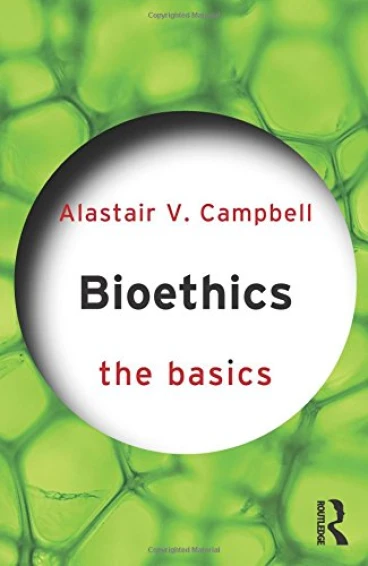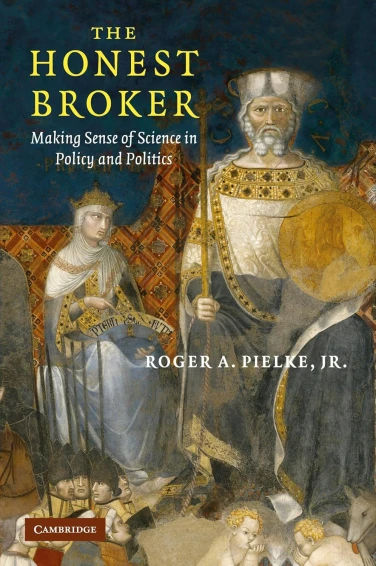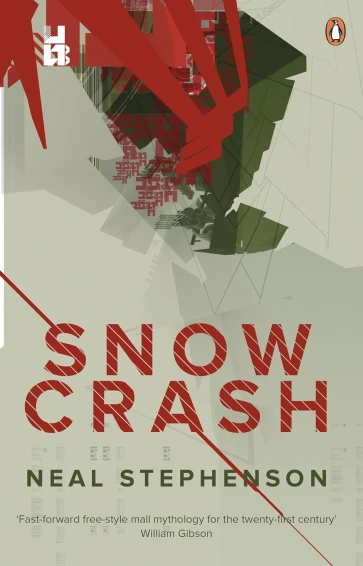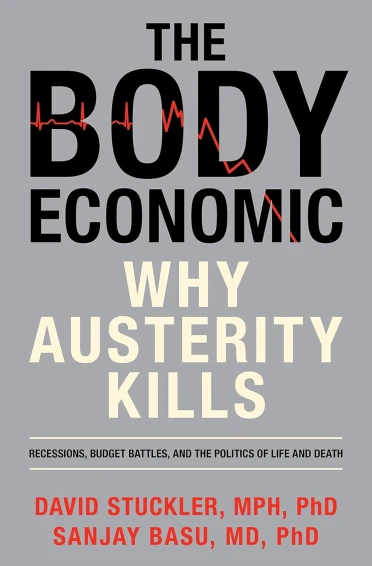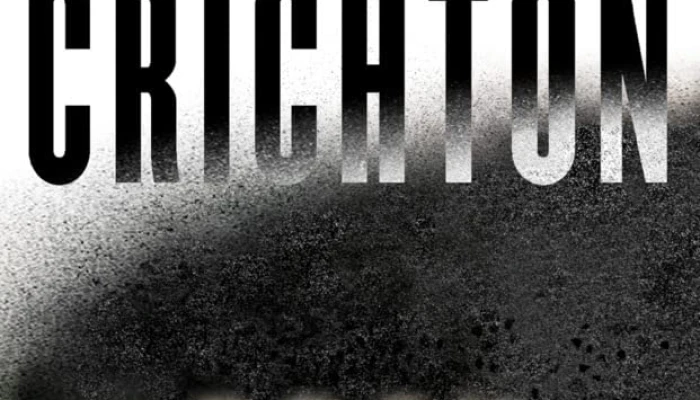
Michael Crichton
HarperCollins
ISBN 978-0-00-722973-4
RRP £6.99
In reviewing Prey, a UK newspaper wrote that it is “Classic Crichton. You’ll love it”. Praise indeed for the only person to have had, at the same time, the Number One book, movie and TV show in the USA. Michael Crichton is a writer and filmmaker, best known as the author of Jurassic Park and the creator of the hit TV show ER. Like most of Crichton’s novels, he seeks to address issues concerning contemporary society that he feels the public should be made aware and informed of. Drawing upon the author’s own expertise in the field of science and medicine, the issues are often related to these fields and have included DNA, artificial intelligence and genetics. With Prey, the focus is nanotechnology.
In interview, Crichton is reported to have said that he took as his inspiration for the book the idea of Frankenstein’s monster. Clearly with the advances in the world of science and technology over the years, a monster today would be very different to Shelley’s. So what would the monster of today look like? It is this question which helps to begin to frame the story of Prey. The central character of the book, Jack Forman, was a former computer programmer in Silicon Valley. With a background in biology, he had been fortunate to have been swept up in the advent of computer programming which sought to mimic biological systems and populations with the result of programming populations of intelligent agents. However, this was turned on its head when Jack was sacked from this job after discovering corruption within the company he worked for. It is at this juncture in his life that the reader is introduced to Jack. Alongside applying for jobs, he is a house-husband, looking after the three children while his wife, Julie, is a high-profile PR for a company specialising in the field of nanotechnology.
Very early on in the book, a certain level of friction can be discerned between Jack and Julie; something that is not pacified when Julie starts coming home late from work. Her appearance is different. She seems more attractive and even acts differently. Habits such as taking a shower the moment she comes in from work as opposed to in the morning jar in Jack’s mind. Something’s different, but he can’t quite put his finger on it. Is she having an affair? It’s not too long before things take a dramatic twist. The baby develops a painful rash which no-one seems to be able to treat. Yet a few seconds in the hospital MRI machine not only sees the rash disappear entirely and relieves the baby of all further pain, but it renders the machine out of action for days. The eight year old son’s MP3 player suddenly stops working, the cause of which is due to its memory chip being turned to dust. Intriguing though this may be, the suspension and tension is created by the author through situations involving the children. The children talk of “vacuum men” coming to the family home late at night and a mysterious figure without a face appearing in mummy’s car. The plot develops and Jack is quickly drawn into helping the high-tech company that his wife works for try and contain an rapidly escalating outbreak of rogue microbots designed to reproduce and learn, but are doing so at an alarming rate. Using his expert knowledge and understanding of the programming of the microbots he quickly realises that the microbots have been programmed as predators, with Man very much in line to be their prey.
Whilst Crichton’s writing style is nothing out of the ordinary, his ability to weave together scientific understanding and knowledge into a well paced and engaging narrative is where the great strength of the book lies. Commencing the book with a useful introduction on the developments of nanotechnology which helps set the scene for the reader, the author continues to incorporate the science at strategic parts of the story. This occurs effortlessly and without disrupting the pace of the story, thereby helping to create a seamless whole.
It is clear that the key message Crichton is trying to communicate through the book is that what we know about nanotechnology and what it is actually capable of achieving are two completely different issues. Being able to create new forms of sun cream, triple bladed razor blades and state of the art tennis racquets all seem very alluring and successful in generating support to the advent of nano. However, this same technology could give rise to man-made machines that are no bigger than 100 billionths of a metre and which are able to reproduce themselves, evolving into forms other than their original. This could obviously lead to a disaster of epic proportions, something that the world has never ever experienced before.
A fairly detailed bibliography at the end of the book demonstrates the fact that this is not some kind of personal vendetta that Crichton is pursuing. This is something that is currently generating immense discussion and debate. Yet the context for this discussion and debate is often kept within the confines of scientists and intellectual elites. If the positives of nanotechnology are to be embraced whilst taking the necessary precautions and restrictions (some would say, ensuring the ‘wow’ factor remains as opposed to shifting to ‘yuck’) then surely the conversation needs to ensure the engagement of other voices? By bringing these issues to the public domain through works of literature that are earthed in real contemporary scientific endeavour, it surely helps to engage a population which would otherwise not engage with opinion polls, public juries or other forms of consultation.
As governments and public policy groups seek to think of ways to engage the public with the implications of emerging technologies, Prey is a fine example of how utilising the sphere of the arts, with particular reference to fiction and literature, can help broaden and shape the conversation. When it comes to nanotechnology, the need is to clearly understand and comprehend what nano is fully capable, rather than launching into a head long frenzie of development and application of a technology that promises to revolutionise our understanding of science and technology. Something that Prey helpfully and chillingly reminds us of.







